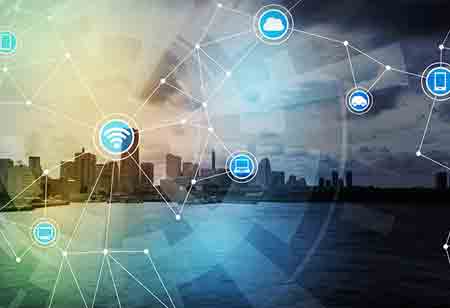Incorporating technology in patient monitoring helps assist healthcare professionals in the early detection of the issues and automate the monitoring process.
FREMONT, CA: Patient monitoring has progressed from ad hoc to continuous monitoring of various criteria, resulting in an explosion of unprocessed and unorganized data available to clinicians for decision-making. Clinicians are in high demand in today's dynamic healthcare world.
Patient monitoring systems are currently being developed to assist clinicians in making informed decisions, reducing variation in care delivery, and lowering costs. Data-crunching is just starting to integrate technology that hospitals and healthcare providers need to be ready for if they hope to reap the benefits of rapidly evolving patient monitoring technology.
As healthcare services strive to control chronic conditions and population health, wearables and embedded biosensors like continuous glucose monitoring, blood pressure monitors, pulse oximeters, and ECG monitors will be the first areas to focus on.
The following are some recent advancements in patient monitoring systems:
Telemonitoring:
Remote Patient Monitoring (RPM) or Telehealth is a method of ambulatory healthcare that allows patients and medical professionals to monitor vital signs and examine data in real-time using mobile medical devices.

